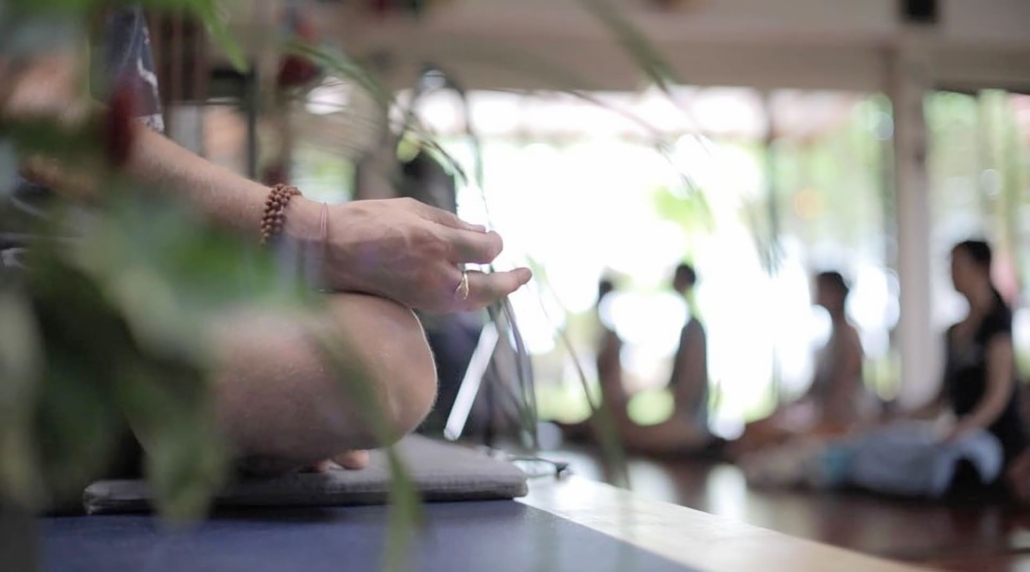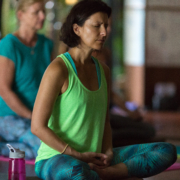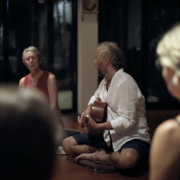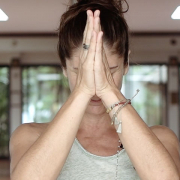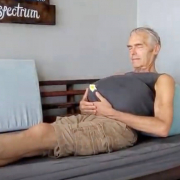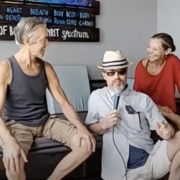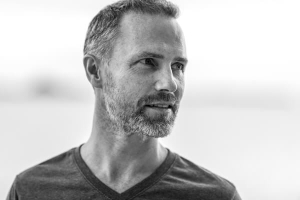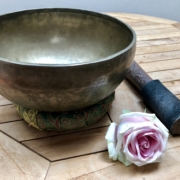 https://samahitaretreat.com/wp-content/uploads/2023/11/IMG_1290-2-scaled.jpg
1920
2560
Kirsten Mia
http://samahitaretreat.com/wp-content/uploads/2024/01/samahita-logo-v2.svg
Kirsten Mia2023-11-21 21:09:402023-11-21 21:09:40Music makes the world go round!
https://samahitaretreat.com/wp-content/uploads/2023/11/IMG_1290-2-scaled.jpg
1920
2560
Kirsten Mia
http://samahitaretreat.com/wp-content/uploads/2024/01/samahita-logo-v2.svg
Kirsten Mia2023-11-21 21:09:402023-11-21 21:09:40Music makes the world go round!The early days of yoga training and courses
A prominent and experienced personal trainer in the NY fitness scene in the 1990s had gotten quite interested in yoga. She was making the connections between all she had learned in anatomy and physiology for sport and what she was experiencing in the physical postures, breath management, and mental focus in yoga class.
And in particular with one teacher.
After a few years of this practice and training she sought advice on how to train as a yoga teacher from this teacher. There were only a few sources for training back then and he did his best to advise her, seeing the benefits and drawbacks of each one.
She then said to him: “why can’t you train me?” He paused, said no, it wouldn’t be possible.
Not satisfied with the courses she was looking at she asked him again. This time he considered how it would work and started to reflect more deeply on what could make a training effective, thorough and enjoyable.
After three months of this and a third request from her to him to train her he agreed. They entered an formal-informal agreement for what was this first Yoga Teacher Training course. One with only one student enrolled.
This was also before Yoga Alliance came into existence.
The teacher considered that if a course was being taught then an overarching name of an organization to deliver that course would be necessary. For many days he sat, contemplated, and looked in. He knew the essence of yoga practice was at the center. He felt that center. He used that center to manage any āsana. And more.
The center in the body tradition, behind what is hathayoga, is there below the navel. The center in all devotion and related chanting practice is there in the heart. The center in contemplative, inward looking practice is there deep in the head. These three centers have been highlighted in the oldest of texts, long before the arising of the now typically considered six or seven chakras (which include these three as it happens).
So the teacher could feel this. And it was this feeling that produced the name: Centered Yoga.
The teacher visited one of his local ashrams soon thereafter and met up with an eminent Sanskrit scholar, Dr. Sharma who had translated the key Ayurvedic text from Sanskrit into English. He asked him, “is there a good translation for Centered as it is used in this context relating to the journey and outcome of yoga?”
And Dr. Sharma reflected, mentally scanned his vast knowledge of Sanskrit, and came back to the young teacher and said, “An ideal word for this is Samahita. You’ll also find it in Patanjali’s chapter four”. And so it was, Samahita meant Centered. Centered blossoms as Samahita.
This student is Sonja, still teaching today 24 years later. This teacher is Paul (now sometimes called Dr Paul D) and still teaching today. Centered Yoga has since then taught and graduated almost 2,000 training students-to-teachers. The first three courses were in NYC but since then, under Centered Yoga in Thailand, there have been about 60 of these courses in the past 24 years. And we’re still doing them.
Paul started Yoga Thailand in 2003 on Ko Samui, Thailand. After a few years the decision came to adopt the gift of the translation, Samahita, and so it is, Samahita Retreat as a name tied to Centered came to be.
Advanced courses were first taught by Paul and his very kind, wise and highly experienced teacher, O.P. Tiwari, in 2004. And they continue today.
Only covid interrupted us but such a hiatus in Centered-Samahita allowed extra time for Paul to do an immense amount of work beyond his PhD requirements, going deep into all related texts, historical material, scientific work and more.
So now, as Centered Yoga turns 24 and Samahita Retreat turns 20, we are able to deliver a completely updated and detailed Advanced Teacher Training (ATT) curriculum.
Take a look. We’ll be back with more on how it works later.
More from the Samahita Blog
Paul Dallaghan’s expertise with breathwork, body and meditative practices comes from three sources: over 25 years of daily dedicated practice and teaching these techniques; immersion in the original culture through one-on-one direct training in practice and study of ancient texts; doctoral scientific research at a leading US university (Emory) on yoga and breath in terms of stress, health and aging. Paul occupies a unique space to impart genuine teaching and science on these practices, acknowledged by his teacher and lineage (Kuvalayananda) in India as a Teacher-of-teachers and a Master of Breath, identified to carry the tradition (Pranayama). This places him as the only master-level yoga and breath practitioner currently immersed in scientific academic research on breathwork, stress and health. His sincere and ongoing role is to teach, write and research to help put out experienced and authentic information on these areas in a world full of confusion and conflicting messages both off and online.
For more on his background see his bio.
